From internal pipelines, drains are transported by external ...

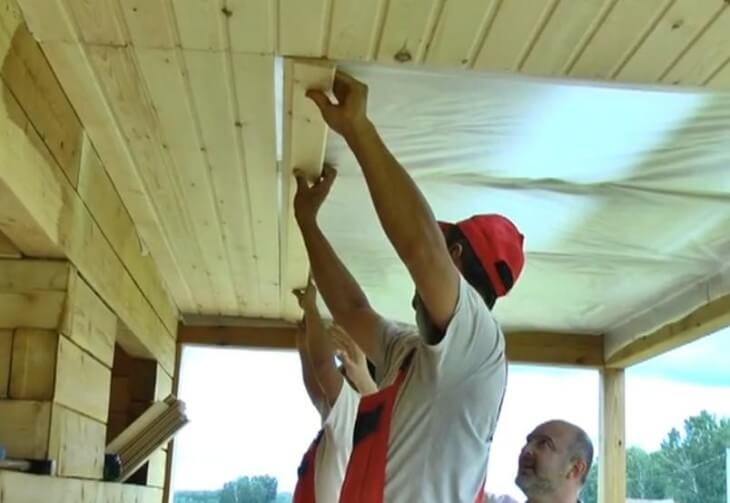
Doing the ceiling at the cottage with your own hands
Here are some options for building materials that I heard in response to the question of how to sheathe the ceiling in the country:
For my house, we decided to use wooden panels for lining the ceiling in the attic. The kitchen and bathroom are characterized by high humidity, which the tree does not tolerate, and it is also an expensive pleasure. Therefore, cheap finishes from plastic panelsresistant to humidity. Making binder such a building material was not difficult. Ideas from which to make the skin drew very quickly. Building material was selected at an average cost.

Cladding for ceiling
The lining in wooden house. From experience, I can say that for a start you will need to accurately calculate the amount of materials with a margin of up to about 10% of the total. In addition, you need to take care to protect the building material from insects and painful fungi, which can cause severe damage to the tree. The boards must dry well before installation.
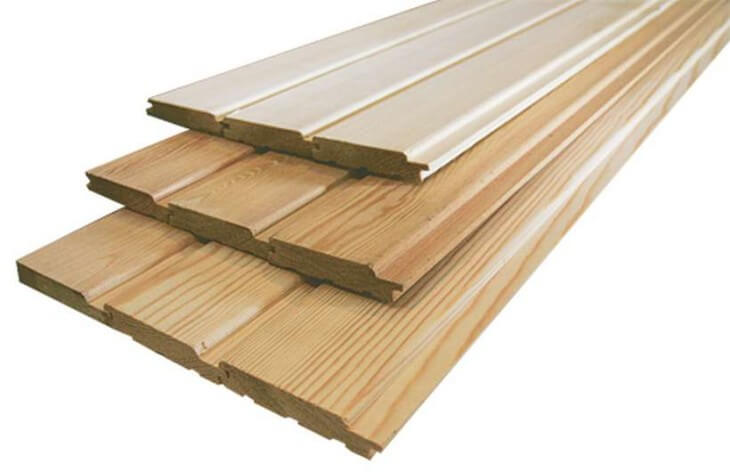
Lining closeup
The cheapest for the price was a pine lining. To save on the purchase of boards for the room 2.4x3m, six-meter boards were purchased that could be cut in half without a trace. There are other sizes of pallets that can be selected for covering the ceiling without waste.
To create the frame, I purchased 30x30 wooden beams also from pine. But you can use a metal profile. I soaked the bars before drying oil to protect it from decay.
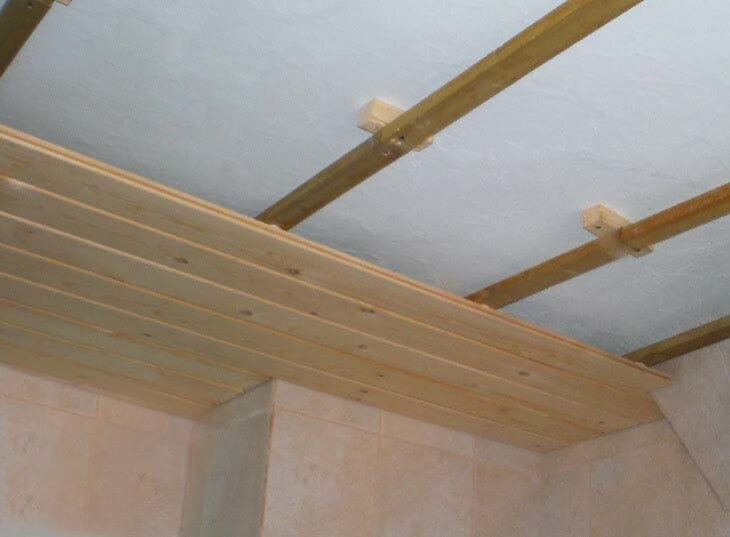
Do-it-yourself cladding of the ceiling of the ceiling
The crate should be placed on the ceiling with a distance between the bars of not more than 1 m, but I did 80 cm. The beam should be perpendicular to the cladding boards. I fastened the crate with self-tapping screws, but you can also use just nails that you need to drive in at an angle. In places where the ceiling was not too flat, I laid wooden wedges so that the facing board did not bend. I completed the cladding with boards with the help of fastening screws to the boards. So, sequentially, inserting the spike of the new board into the groove already fixed, with the help of a screwdriver I sheathed the entire ceiling. Too tight I did not fasten one board to another, so that during deformation during temperature and humidity changes they would not deform.
Having finished attaching the boards to the bars, I strengthened the pine moldings at the junction of the walls with the ceiling. It turned out a very beautiful ceiling in the country, which I then proudly showed to friends.
To file the ceiling in the kitchen, I needed to have the following on hand:

PVC panels and accessories
First, you need to make a crate of a wooden beam of pine 30x30. I fastened them to the ceiling with screws, in increments of 50 cm. We attach a corner to the frames from the initial side, into which we will insert the side edge of the first panel. Two profiles are attached perpendicular to the wall panels. The bars should be perpendicular to the panels, and the corner along. We fasten the side of one plastic strip to the corner, and the ends are inserted into the profile. To make it easier to insert a strip into the profile, I bent it a little on myself. Using staples, we gently fasten the panel to the rails with a stapler.
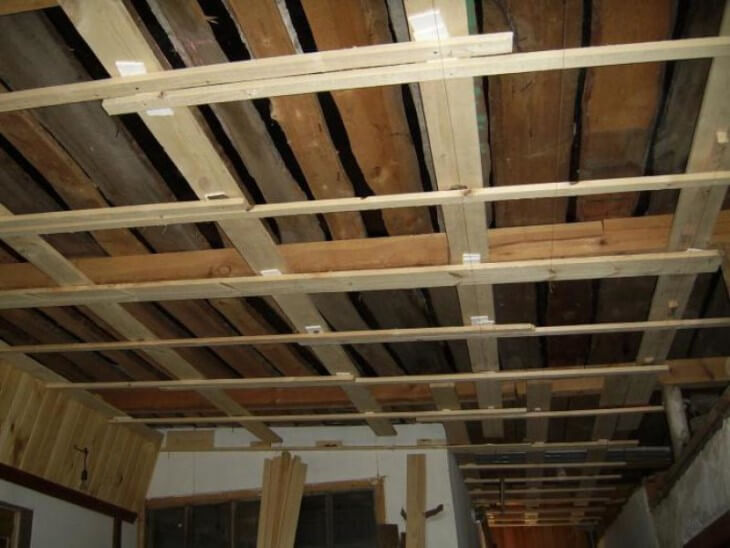
Wooden crate
We fasten the next panel to the first, adjusting the grooves and attaching with brackets. Thus, strips must be used until the casing reaches the opposite wall. The last strip can be cut if its width is greater than the remaining unclosed space. On the side of the panel to the wall, you need to wear a corner and hem it to the slats.
Plastic panels can be hemmed quickly and easily and this material is much cheaper than lining. But you need to take into account during the installation of PVC panels that this material is quite fragile and flammable. It should be bought with a margin so that you can replace the damaged strip. Do-it-yourself casing is available for every owner.
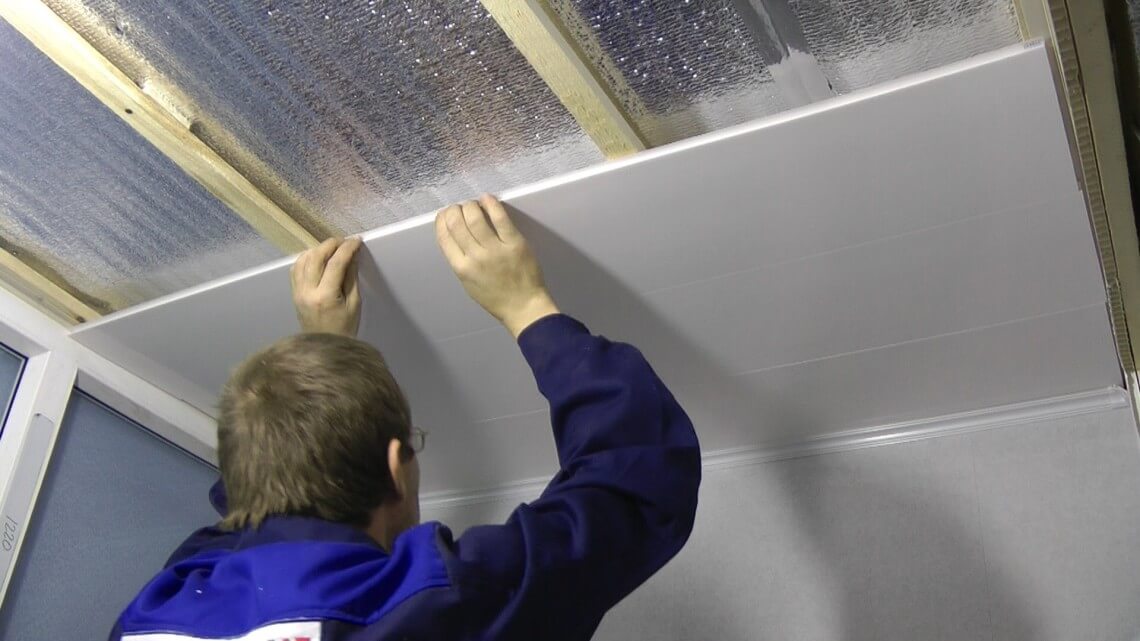
Ceiling mounted panels
There is another inexpensive way to file the ceiling using fiberboard, which is suitable for many cottages. Such a ceiling in the country can be treated with oil paint, or you can glue boards on it, which will additionally insulate the house. I hemmed the ceiling in the pantry in such a way as soon as the cottage was built.
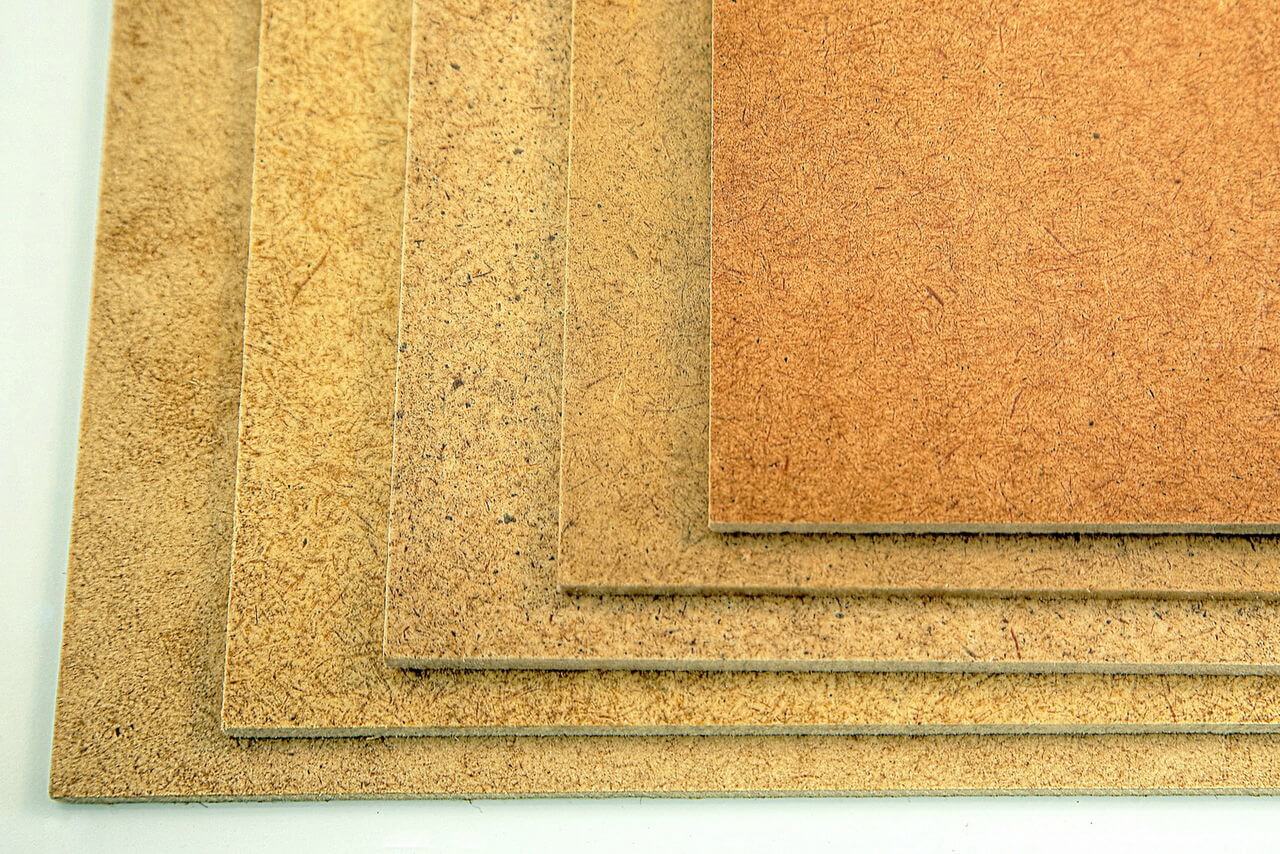
Fiberboard sheets
Fiberboard perfectly withstands humidity, but the very long influence of water can distort them. You will need the same tool and rails for the previous types of ceiling cladding. First, designate the places where you will fix the rails. It is advisable to do this using a level gauge. Begin right next to the walls to fix the most extreme. Then we nail the rest in parallel with a step of 50-70 cm. I chose a distance of 50 cm. It is necessary to attach the plates to each rail. On the perimeter of the joints we mask the eaves.
When you buy fiberboard, you need to let him settle in the room for a couple of days so that it gains moisture. Otherwise, it can be distorted over time. And the rest is an affordable and easy option for ceiling decoration for any person, even with a small income.
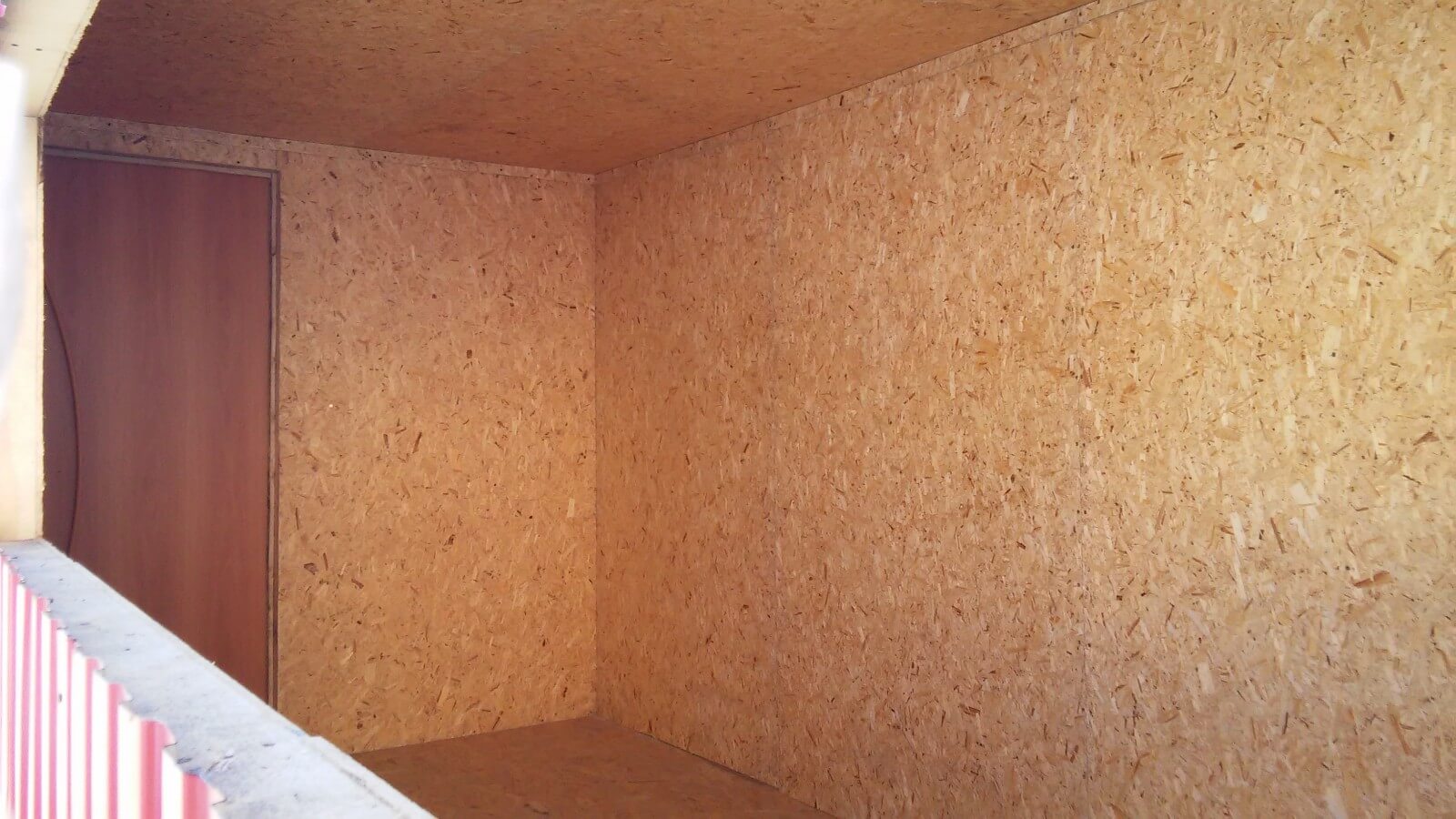
Fibreboard
Today, the most common option for wall and ceiling cladding than drywall, probably not found. This material makes it possible to realize various fantasies in the form of intricate figures, spotlights and other features. Drywall is also needed with the help of a lathing. To implement it, use a wooden beam and a metal profile. Drywall can simply be fixed with a whole sheet. And you can use a sharp knife to cut out some intricate pattern. Before attaching the drywall, an electric cable is laid and points are drawn for the placement of the fixtures. Drywall is attached to the equipped crate with the help of self-tapping screws.
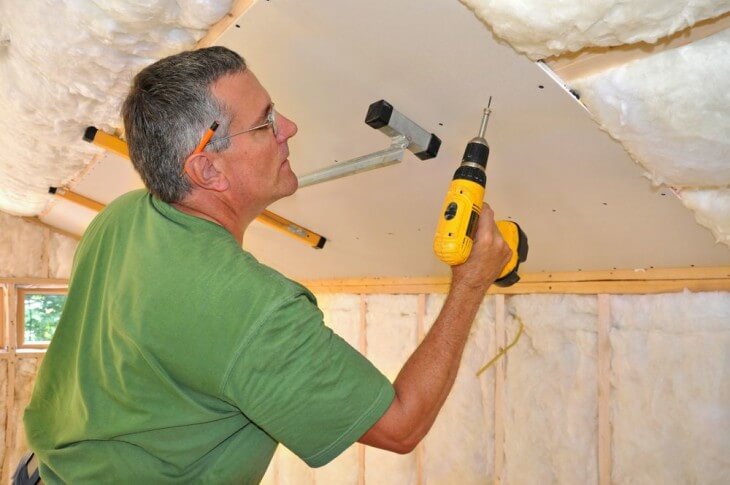
Plasterboard Ceiling
So, now you know how you can sheathe the ceiling in your cottage with cheap materials. All of this work is pretty easy to do. It is only necessary to have the necessary tools, building materials and desire. I hope that my experience will be useful to you. I wish you success in building your summer cottage!
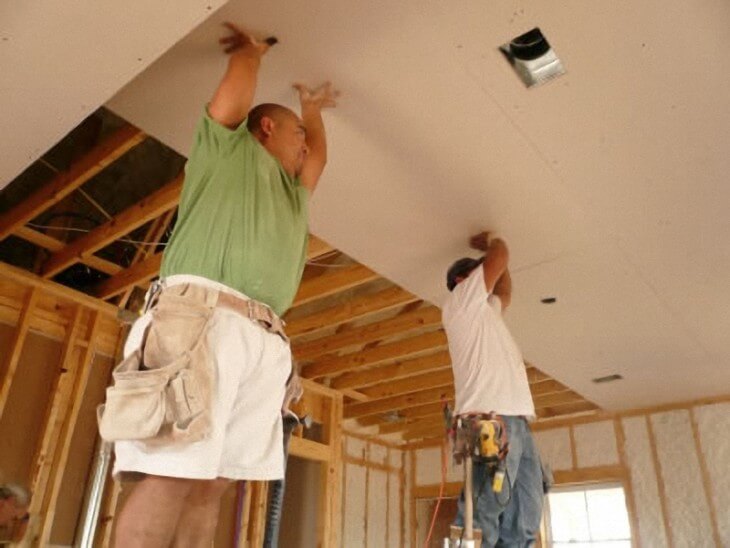 Comparison of methods for hemming various materials
Comparison of methods for hemming various materials
Proper preparation for installation work provides the highest quality result. That is why the work should begin with the preparatory phase.
First of all, it is necessary to calculate the area of \u200b\u200bthe room, if it is unknown, and to calculate the number of required plates. In order to calculate the area, it is enough to multiply the height by the length, subtract the area of \u200b\u200bwindows and doors calculated in the same way. We divide the resulting figure by the area of \u200b\u200bone panel and get the required number of panels for wall cladding. To the final figure you need to add 5-7% of the stock.
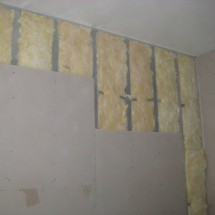
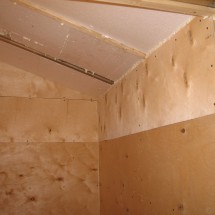
Fiberboard panels can be mounted on nails, special mastic or clips.

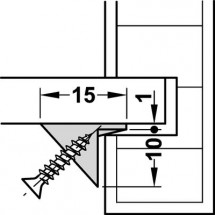
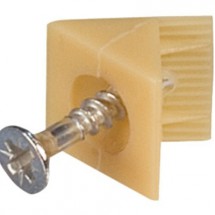
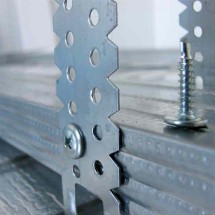
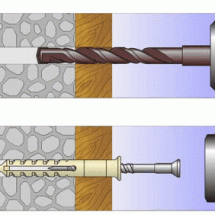
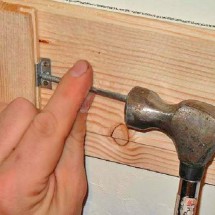
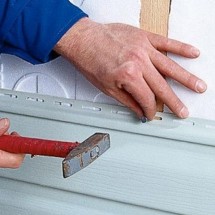
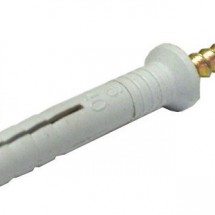
Finishing work in the repair, perhaps the most important. Your apartment may have perfectly prepared walls, but the krivorukaya finishing can reduce all the efforts of the masters to nothing. And vice versa - even the most clumsy walls will be able to mask the finish with laminated fiberboard.
Laminated fiberboard appeared on the construction markets relatively recently. A huge variety of wall fiberboard panels is divided into three types:
In addition, laminated panels are divided into moisture resistant and non-moisture resistant, this aspect should be taken into account when choosing, say, a kitchen or a bathroom.
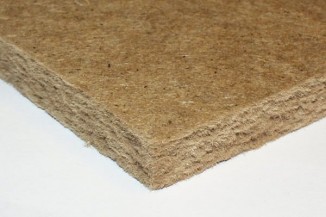
Fiberboard panel structure
Fiberboard manufacturers claim that their products are dramatically different from, despite similar manufacturing principles. In fact, these differences are visible to the naked eye, it is worth paying attention to the edge: the fiberboard panel is uniformly dense and consists of very fine chips, more precisely, compressed wood fibers. The fibers are pre-moistened, mixed with special resins and pressed at high temperature. After that, the plates are cut to the desired size, a laminated coating of any color and texture is applied to the surface. The front side of fiberboard can be decorated both in traditional versions (marble, tile, granite and even metal), and fantasy, with bright patterns, mirror inserts, stucco molding, thematic drawings and reproductions of paintings.
Fiberboard panels for walls are durable, self-tapping screws hold well in them, which makes it possible to mount shelves, frames and lamps on the walls of fiberboard. Of course, it is necessary to take into account the thickness of the material and use special dowels such as “umbrella” or “butterfly”.
The so-called moldings are produced for all types of fiberboard wall panels: fittings and accessories that are used to decorate joints and mask wall defects. These include fillet, moldings, plinths, corners, platbands, finishing elements, base planks and other little things that play a big role in shaping a single interior style.
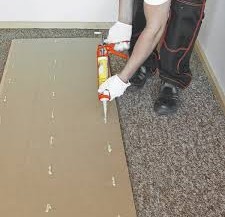
The method of gluing fiberboard panels
Depending on the condition of the walls, finishing with laminated panels can be done in several ways:
How to fix wall panels from fiberboard, everyone decides for himself. If you decide to mount the fiberboard directly on the wall, you will have to pre-align and prime the walls. Starting from the corner, aligning the plumb line, glue the first sheet, then glue the next sheet with glue, snap it into the lock first and also glue it to the wall. Don't want to mess with glue? Use nails or screws, but remember that hats will be noticeable. You can beat this drawback and attach the panel using nails with decorative hats.
Fiberboard is mounted directly to the walls of wood and sip panels. On brick and concrete walls First, you have to mark up, drill holes and drive in plugs, into which then screws are screwed in or nails are driven in, which fasten the panels.
But most often you have to build a crate and only then fasten the panels. Thus, it is possible to level even the most hopeless wall, while losing several centimeters of space and gaining the ability to lay communications, sound and heat-insulating materials.
The lath is mounted in wood or a special plastic profile. Fastening to the crate is carried out using glue, self-tapping screws or clamps (special clamps, which are purchased complete with panels). The crate is installed strictly according to the level and plumb line, in increments of no more than 30 cm. After installing the crate, attach the sheets in any way and install the moldings.
The video shows an example of installing fiberboard on a wall in the bathroom.
Laminated fiberboard opens up truly unlimited possibilities for imagination and design delights, while allowing you to significantly save on finishing work.
How to make a ceiling with fiberboard: frame, drawing, design
Expert Answer
Hello Bakyt, the installation of fiberboard on the ceiling begins with preparatory work. Remove old finishes. Otherwise, there is a high risk of mold. Moreover, it is unlikely that such a ceiling will be even.
Attention ! In the most unfavorable circumstances, the old woodworm bugs and wood lice will start in the old coating.
To prevent this from happening, you will need to carry out pest control work. To do this, use only high-quality antiseptics.
Before you start installing the ceiling from fiberboard, you need to take care of the availability of the right tool, you will need:
Mark the ceiling using the building level. Do not forget to make an appropriate mark on the wall. Fasten special wooden slats. They should be parallel to each other.
Important ! The distance from the edge to the first rail is at least 25 cm.
The second layer of rails is applied perpendicular to the first. Plates will be attached to these two layers in the future. Additionally, you need to fill the trim so that the entire system is on the same level.
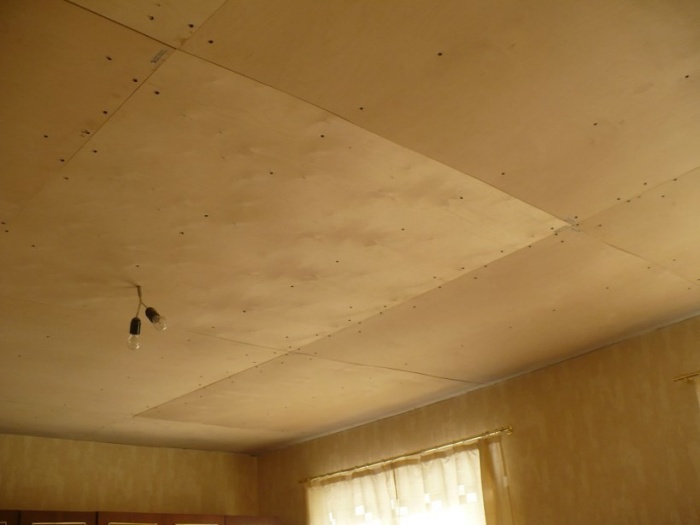
The ideal size of the squares of the battens is meter per meter. So, it will be much easier for you to fasten the fiberboard sheets. It is also possible to save time and buy a ready-made profile for a false ceiling. In this case, you do not have to worry about a flat surface.
At the final stage of work, it is necessary to mount the fiberboard sheets on the previously installed frame. In this case, you can use both screws and nails. The choice of fasteners is primarily governed by the weight of the sheets.
It is important to avoid gaps during installation. If this does not succeed, then there are two options: in the first case, cut the fiberboard into equilateral squares and fix it; in the second embodiment, residual materials can be used to close the gaps.
Advice! Joints are best masked with decorative slats. Then coat the surface with varnish or paint. Also, as a decorative element, an eaves will be useful.
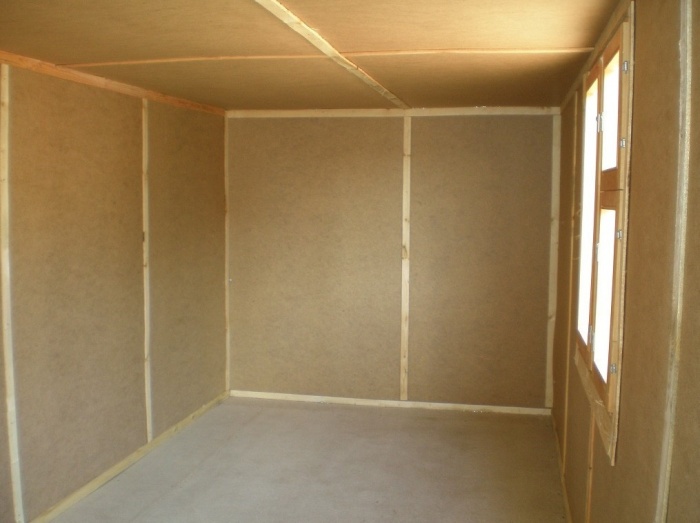
Fiberboard is one of the easiest materials to handle and is used everywhere. In addition, its price is at an affordable level. Hats of bolts or nails are putty at the end of work so that they do not rust. Do not forget about the installation of lighting fixtures. For example, for them, you can make the corresponding holes in the ceiling in advance.
Repeatedly faced with the problem of wall decoration. There are often several reasons for this. This may be the need to warm them, create additional noise insulation, improve the appearance, etc., but the main reason is the need to align the curved walls. How to do this and what material to use to save not only money but also time? An excellent option would be to sheathe walls with hardboard, since this material is inexpensive and easy to use.
We present you a step-by-step guide on how to make walls hardboard, what tools and materials we need in our work. Before starting work, read hardboard characteristics.
The scientific name of hardboard is fiberboard (fiberboard). For the manufacture of this material using various wood waste. They are crushed, saturated with moisture and placed under a press for squeezing. The resulting raw materials are thoroughly dried, mixed with a special astringent solution and a plate is formed from it. The composition of the solution includes special resins of synthetic origin, paraffin or rosin to increase moisture resistance, as well as various kinds of antiseptics.
Since the resulting product has a high humidity (70%), it is placed under a hot press (about 180 degrees C). In the production process, the front side of the sheet is made smooth, covering it with a thin layer of varnish, the back remains rough with uncovered fibers. When mounting sheets with glue, roughness gives additional bonding strength.
During installation, we will need such tools:
To begin with, it is important to determine the degree of curvature of the wall. The method of mounting sheets depends on this.
If the unevenness is slight and the humidity in the room is not high, then the sheets can be mounted using adhesive substrates. Bitumen mastic is perfect for this. We apply it to the back embossed side of the sheet with a notched trowel with a tooth size of 4 mm, and then press it against the wall. You can also use PVA glue, but this is very inconvenient, since it is necessary to firmly press the sheet along its entire plane for some time. Good to use construction adhesive (COP).
Also, hardboard sheets can be attached directly to the wall using self-tapping screws or nails with decorative hats. The finishing procedure is greatly simplified if the walls in the house are wooden. In this case, the sheets are attached directly to the wall without additional preparations, such as marking and drilling holes for the dowels.
For walls with large differences, it is better to use a wooden crate. With it, you can even out even the biggest bumps.
For crates, wooden blocks or slats, no more than 1 cm thick and floor to ceiling length, are suitable for us. First, take one rail, apply it vertically to the wall and mark the points along the entire length with a pencil where we will drill holes for the dowels with a distance of 20-25 cm. Next, drill the marked holes and use the dowels to fix the rail to the wall. In a similar way we attach the slats along the entire wall. The distance between adjacent vertical rails should not exceed 30 cm. During installation, we must use the building level and plumb to make the crate smooth. On uneven areas, use lining under the rails to bring them to a common level.
After fixing the vertical rails between them in a horizontal position, we fasten short segments of the rails. We do this so that we get smooth cells no larger than 30 by 30 cm. The wall lathing is ready. Before attaching the hardboard sheet, it is better to make a crate on all the other walls so that it does not overlap the already fixed sheets.
Of course, hardboard panels take up some space, but it can be used for noise isolation, or, for example, to hide wiring and other communications in the house.
Cladding walls with hardboard starts from the corner of the room. The sheets are placed in an upright position, fitting tightly to each other with the help of wood screws. The step between them should be 15 cm along the perimeter of the sheet and 30 cm along its inner plane. It is also important to indent 1-2 cm from the floor.
When cutting sheets, you must follow some recommendations. All of them are presented in the next video plot.
In order for the wall surface to be perfectly smooth, it is necessary, first of all, and self-tapping screws. In this case, an alkyd filler filler, which does not crack due to its elasticity, is perfect. After applying it with a thin layer at the joints and twisting the screws, immediately lay on top of the construction reinforcing tape. If you have free time and desire, you can make a screed on the entire plane of the wall.
So you will achieve a perfectly flat surface and at the same time prepare the wall for subsequent wallpapering or painting. After the putty has dried, the places of its application must be treated with fine sandpaper.
Acrylic or water-dispersion paint is suitable for painting.
Also hardwood walls are possible. After the putty dries, apply a primer, stick paper or old newspapers. After that, we glue the wallpaper according to generally accepted recommendations.
Hardboard prices are low, and this material can be bought at any hardware store.